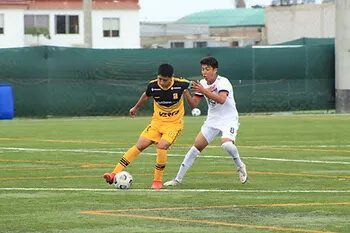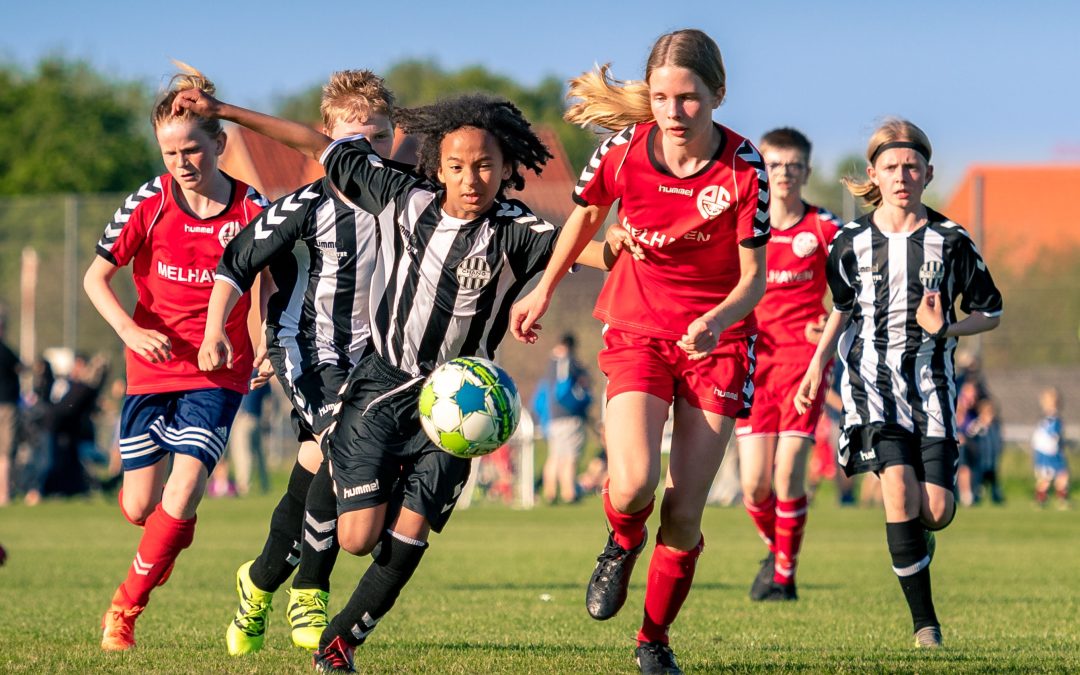Sever’s disease, also known as calcaneal apophysitis, is a prevalent foot condition that primarily affects growing children. While not a true “disease,” it is an overuse injury that causes pain and discomfort in the heel.
Sever’s disease occurs when the growth plate in the heel, known as the calcaneal apophysis, becomes inflamed and painful due to repetitive stress and tension. This condition typically affects children between the ages of 8 and 15 who are actively involved in sports or activities that involve running or jumping. During a growth spurt, the heel bone can grow faster than the surrounding tendons and muscles, leading to strain and irritation during loading.
Symptoms and Diagnosis
The primary symptom of Sever’s disease is heel pain, usually felt at the back or bottom of the heel. The pain is typically aggravated during physical activities such as running and jumping and may improve with rest. The pain is often described as aching or throbbing and is usually located at the back of the heel or bottom of the foot. A physical examination by a Praxis Physio, combined with a review of the presenting history and symptoms, is usually sufficient to diagnose the condition. In some cases, an X-ray or MRI may be recommended to rule out other possible causes of heel pain.
Treatment and Management
The treatment for Sever’s disease focuses on relieving pain and reducing inflammation. Initially, the R.I.C.E. (rest, ice, compression, elevation) method is often recommended to manage symptoms. As many parents know, rest is easier said than done so avoiding or modifying activities that aggravate the pain is crucial. Your physio will be able to aid in planning the week’s loading to ensure symptoms are kept at bay. In some cases, heel pads or shoe inserts can provide additional cushioning and support. Exercises that stretch and strengthen the calf muscles and Achilles tendon to improve load tolerance are also provided by your physiotherapist as shown in the video above. Pain relief medications, such as non-steroidal anti-inflammatory drugs (NSAIDs), may be prescribed in severe cases.
Prevention and Prognosis
Preventing Sever’s disease involves maintaining a balance between activity and rest. Encouraging children to warm up properly before physical activities can help reduce the risk. Additionally, the rehabilitation between bouts of physical activity will also allow for the easing of symptoms. The prognosis for Sever’s disease is excellent, with most cases resolving as the growth plate closes. Once the bones and muscles have finished growing, the symptoms typically disappear.

In summary, Sever’s disease is a common condition that affects growing children, primarily those engaged in sports or activities involving repetitive stress on the heel such as running. Recognising the symptoms, seeking early diagnosis, and implementing appropriate treatment and preventive measures are key to managing this temporary condition and ensuring a smooth recovery for children experiencing Sever’s disease. To ensure your child is back playing sports quickly, book in with the friendly and professional physios at Praxis today!
References
James, A. M., Williams, C. M., & Haines, T. P. (2016). Effectiveness of footwear and foot orthoses for calcaneal apophysitis: a 12-month factorial randomised trial. British journal of sports medicine, 50(20), 1268–1275. https://doi.org/10.1136/bjsports-2015-094986
Scharfbillig, R. W., Jones, S., & Scutter, S. D. (2008). Sever’s Disease: What Does the Literature Really Tell Us? Journal of the American Podiatric Medical Association, 98(3), 212–223. doi:10.7547/0980212
Weert, H. C., van Dijk, C. N., & Struijs, P. A. (2016). Treatment of Calcaneal Apophysitis: Wait and See Versus Orthotic Device Versus Physical Therapy: A Pragmatic Therapeutic Randomized Clinical Trial. Journal of pediatric orthopedics, 36(2), 152–157. https://doi.org/10.1097/BPO.0000000000000417

